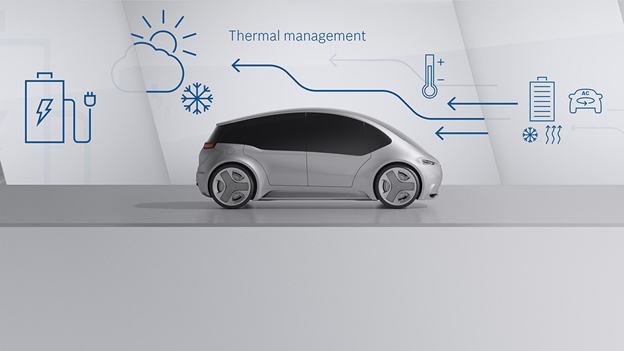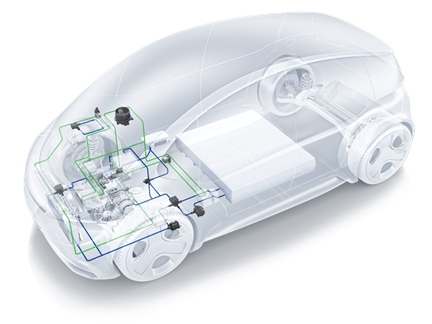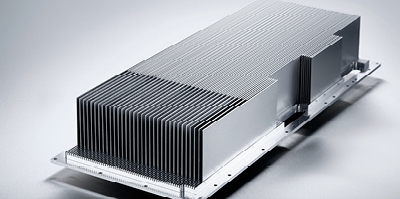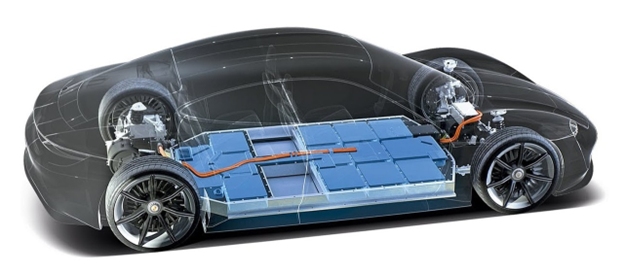Introduction
Today is the era of technology, and several advancements are made daily. Electric vehicles are one of those new technologies with advanced features. The higher efficiency and advanced features of electric vehicles are helping them to gain popularity. Whether it is energy saving or the latest functions, electric vehicles will never disappoint you.
Electric vehicles are being prioritized by users over combustion engineer vehicles. But how do manufacturers ensure the energy saving and higher efficiency of electric vehicles? This happens only due to the perfect heat management system. Like many other large devices, heat sinks and thermal management play an essential role in electric vehicles.
But how do we know that electric vehicles require thermal solutions? And what is the importance of electric vehicle thermal solutions? Well, this is what you will learn in this article. You will learn how manufacturers maintain and sustain EV systems using heat sinks. We need a cooling system for batteries, a power electronic system, and EV motors. Let’s continue reading this article to explore electric vehicle thermal solutions.

Why Thermal Management Is Important For Electrical Vehicles?
First of all, you need to remember the importance of electric vehicles. You must know that global warming is increasing with time, and it is all due to the wrong use of resources. One of those reasons to cause global warming is emissions from cars and other vehicles. These emissions are causing a hole in the ozone layer resulting in global warming.
Therefore, some intelligent engineers invented a thermally efficient solution with low emissions. This is where electric vehicles were invented. Even during the time of Covid-19, electric vehicles got popular despite all businesses being closed. Although electric vehicles are gaining importance, the thermal management for EVs is equally important.
By using electric vehicles, you can completely cut down the dependency on oil. When you observe conventional vehicles, you will learn that a cooling system is required for them. This helps them to be cool and work efficiently. Radiator systems, coolants, and thermostats remove heat from the engine.
But when it comes to electric vehicles, you need to cool power systems, motors, and batteries. Thermal management of electric vehicles carries a higher importance. It is because thermal management directly affects robustness, reliability, and performance. You need to have an optimal temperature so your EV can run more efficiently.
You can preserve capacity, health, and battery charge while maintaining an optimal temperature for electric vehicles. Let’s explore the market share of electric vehicles.

Market Share Of Electric Vehicles
As mentioned earlier, electric vehicles are gaining higher popularity in this age of technology. Even during the times of pandemic, electric vehicle manufacturers and suppliers earned a great profit. This was all due to higher efficiency and less population caused by your electric vehicles.
According to recent research on EV volumes, EV sales at a global level reached 6.75 million units in 2021.
Advanced electric vehicles are now manufactured by different automobile companies. They are making efforts to win the market share. At that point, it is important to remember that some companies don’t pay enough attention to EV battery thermal solutions. EV battery acts like the heart of electric vehicles, and managing heat in that area is important.
A high-quality electric vehicle battery is known to have the following features:
- Long life
- High energy density
- Fast charging speed
- Competitive price
- Safety
- Efficient thermal management.
But all the factors depend on the last factor. Higher thermal management efficiency, longer life, faster charging, and so on. Let’s learn about some most common EV thermal management solutions.

What are Some Most Common EV Thermal Management Solutions?
Some factors have a direct dependency on the thermal management system. For example, the cost of the battery packs, service life, and performance of the electric vehicles.
You must be clear about the fact that fuel economy, electric vehicle driveability, and battery life decrease as the temperature increases. Therefore, you can use the two most common EV thermal management solutions. These solutions are listed below:
Air Cooling
First of all, you must know that principle of convection is used in the air cooling system. The process of working is so simple. Cool air will pass over the surface of heated packs that will fetch all the generated heat. Even if this method is simple and easy, it can still take a long time to cool down your battery. Therefore, most manufacturers avoid this method of cooling.

Here are some pros and cons of air cooling:
Pros
- Air cooling may take a long time to cool down the device, but it is still the most cost-effective option.
- These systems are considered viable in most tasks where high temperature is not a problem. But air cooling might not be an effective thermal management solution in electric vehicles.
- The air cooling system is easy to install as compared to other systems.
Cons
- An air cooling system’s first and most common con is that it takes more space.
- Secondly, air cooling systems are loud.
- Not an ideal thermal management solution for peak performance.
Liquid Cooling
Liquid cooling systems have a higher conductivity. Therefore, these systems are mostly preferred for different applications. Liquid cold plates are implemented in electric vehicles, giving you a better thermal management system. The liquid cooling system has a circulative channel with a one-way convection system. Manufacturers use refrigerants of high thermal conductivity in a liquid cooling system. This refrigerant contacts the battery pack indirectly and takes away all the generated heat. However, you must know that the complex structure of a liquid cooling system also adds too much weight to the system. Let’s explore some pros and cons of this system.

Pros
- It doesn’t make noises like those in air cooling systems. Hence, quiet operations take place.
- A liquid cooling system is the best heat regulator for overlocking applications.
- This cooling system is also visually impressive compared to an air cooling system.
Cons
- Higher than air cooling
- The complicated structure requires mature production experience
Air Cooling Vs. Liquid Cooling
| Comparison | Air Cooling | Liquid Cooling |
| Price | Cheap | Higher than air cooling |
| Overlocking | Not Suitable | Suitable |
| Size | Customizable | Customizable |
| Style | Flashy Design | More Visually appealing and multiple styles available. |

What Is The Role Of Battery Thermal Management In Electrical Vehicles?
The battery is one of the most important elements to consider when designing a thermal management solution for EVs. You can mostly place it under the floor, taking a huge part of the EV structure. When you deal with fossil-fueled batteries, they take 4 to 5 minutes to warm up. On the other hand, it takes only one or two minutes to warm up an EV battery. During the warm-up period, the Electric vehicle battery produces hundreds of watts. At the same time, heat is generated by the electric components that are connected to the battery. Therefore, you must maintain heat by implementing an efficient thermal management solution.

Conclusion
Electric vehicles are the future of fuel-consuming vehicles. Energy saving is going to be the major future goal for several automobile companies. Therefore, they will prefer to manufacture electric vehicles instead of fuel-consumption vehicles. If you belong to one of those companies and want a liquid cold plate heat sink for your EV, contact Us now.
